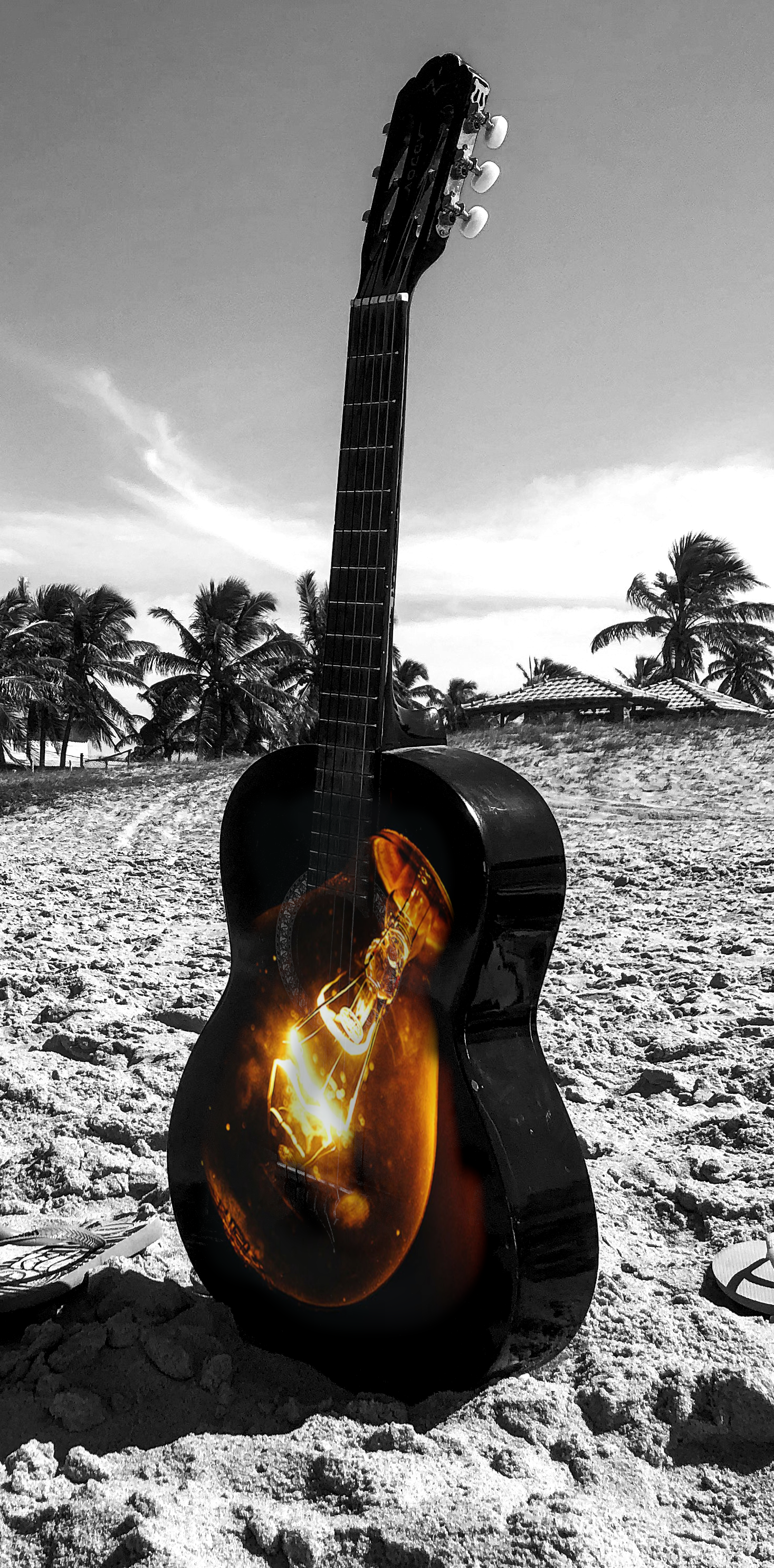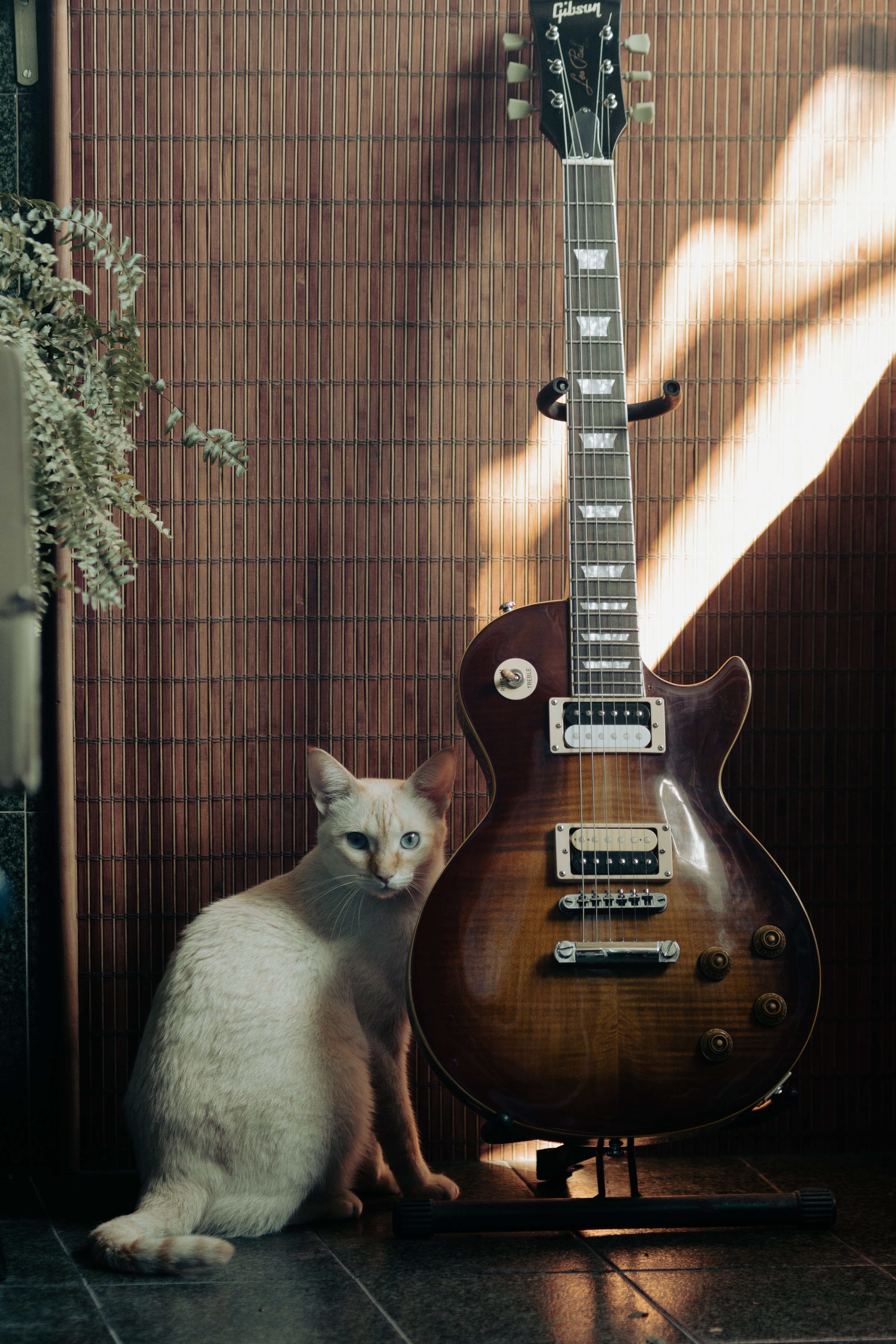Here’s your step-by-step guide on how to read guitar tablature!
While there are some real advantages to learning musical notation, tablature is the widely-used alternative for many guitarists. Tablature is basically a map for a given song that shows which frets to play on which strings. In its most basic form guitar tablature is six horizontal lines and each line represents a guitar string. The lowest-toned string on the guitar, the low E, is represented by the bottom line of the tablature staff, and then it works its way up from there.
Here’s what the basic tablature staff looks like:
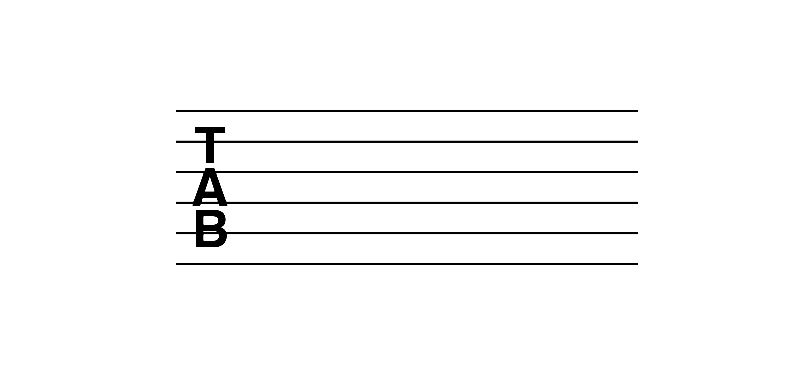
The ways tablature might be displayed vary: sometimes there’s no “TAB” designation to the left; sometimes the lines are labeled with the string names. There are no hard-and-fast rules around it, and I imagine that is part of its appeal: it’s just a way to communicate how to play a song on guitar.
Ok, ready for an example? Here’s a tab of an A note played on the G string (3rd string, 2nd fret):
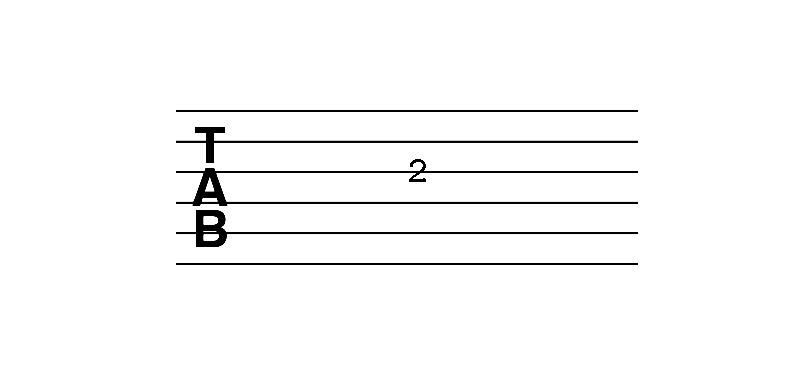
And here’s where you would play this on your guitar (the red dot):
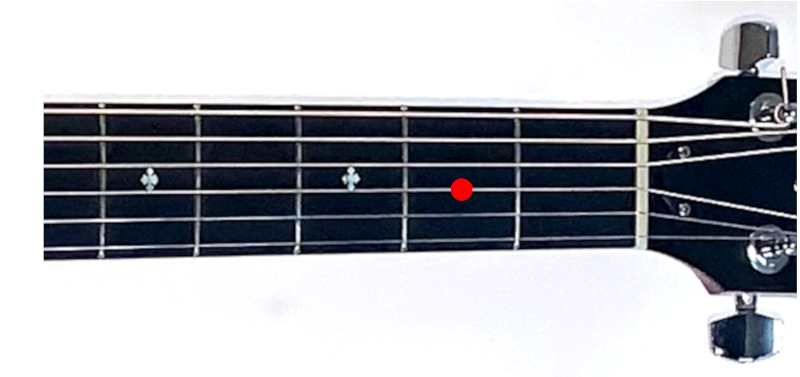
That’s not too tough, right?
Another example: if the tablature shows a zero (0) on the line it means to play the string open, no fingers down at all.
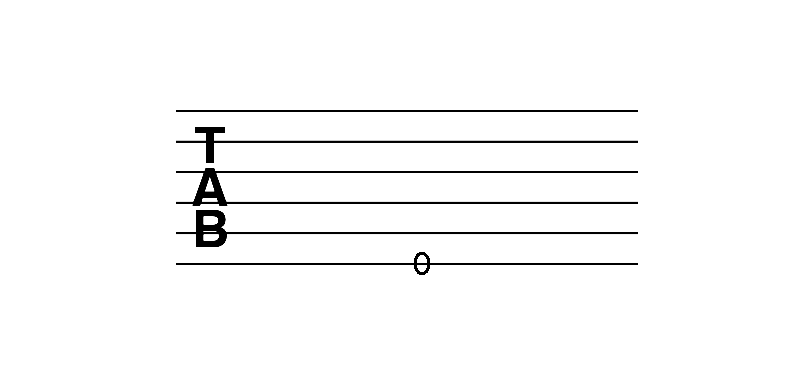
So in the above example you’d just play the low E string without any fingers down.
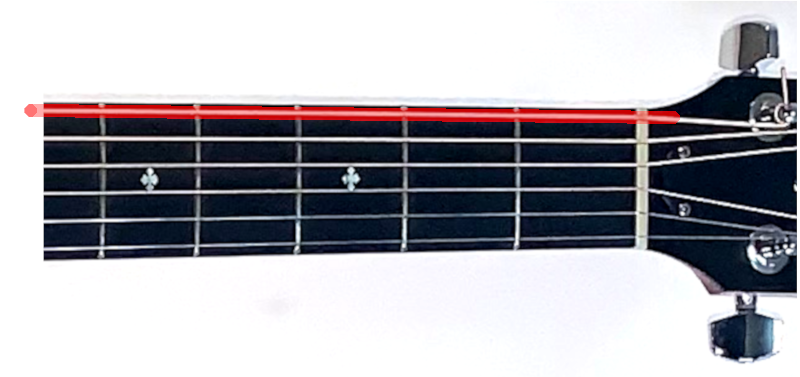
That’s really all there is to it: lines and numbers.
The last piece that’s helpful to know is that if two or more numbers are stacked horizontally you are meant to play those notes at the same time. In this example you should play the open A string and the 2nd fret on the D string together.
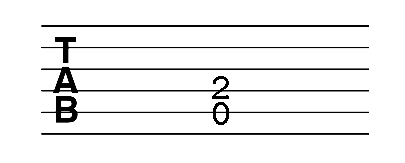
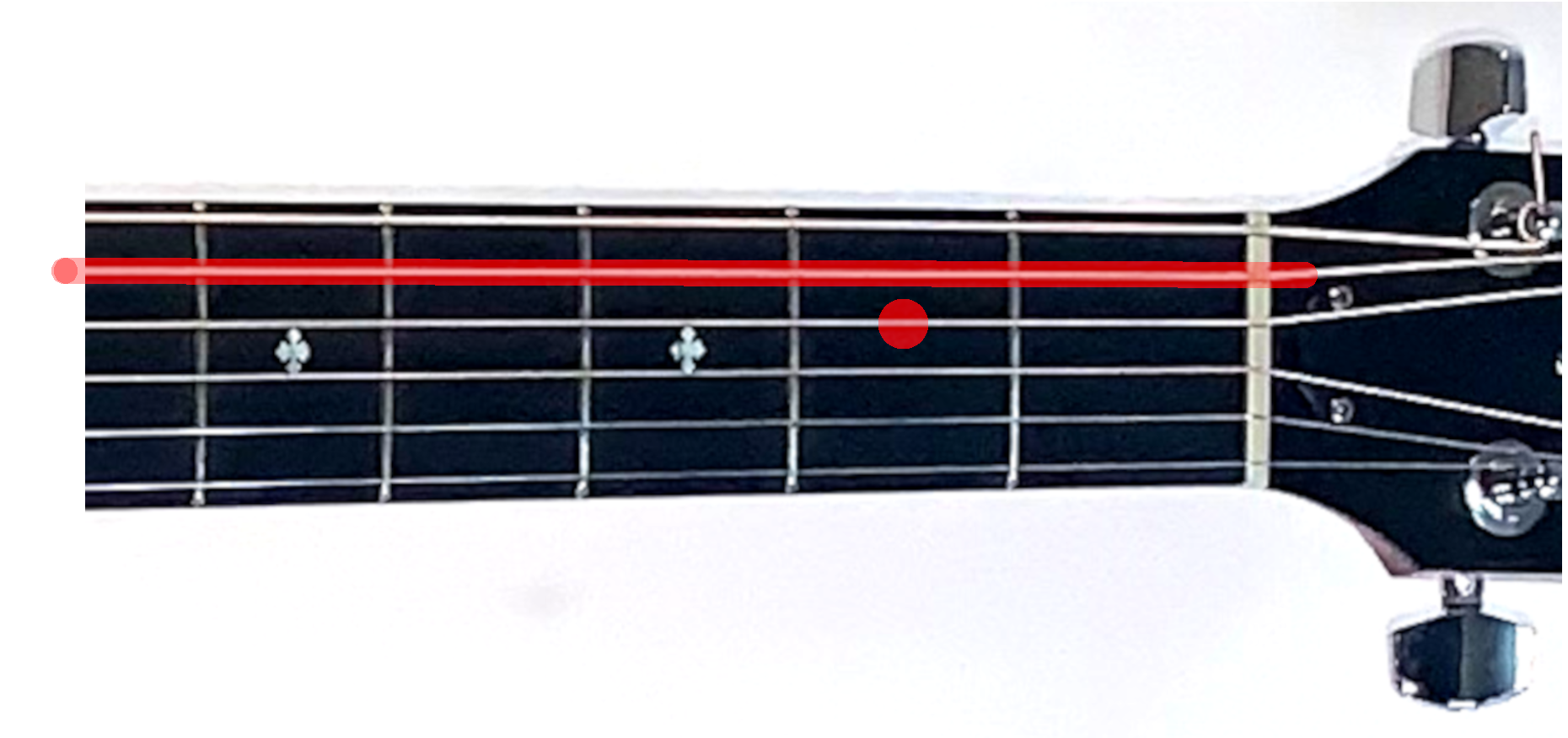
You’ll find more examples of tablature on this site (like this piece on your first blues shuffle and this one on the blues turnaround), but I also recommend heading over to your favorite search engine and looking for “guitar tablature.” You will find enough examples to keep you busy for quite a while.

